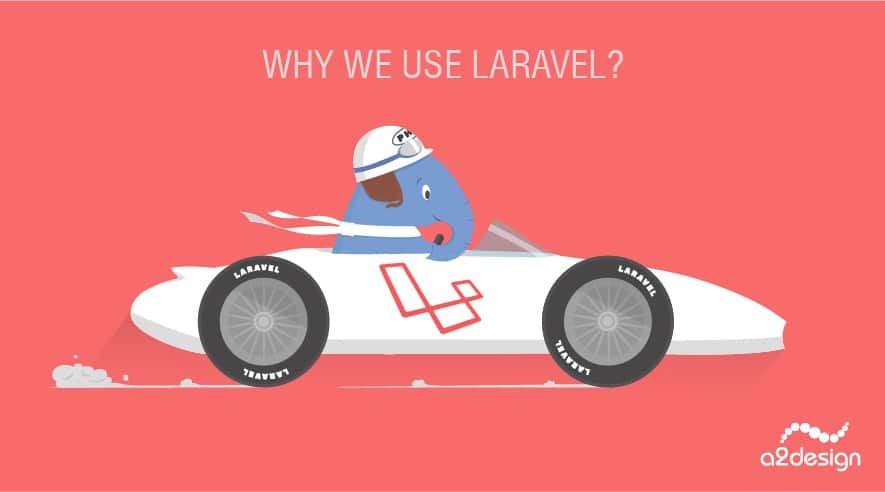Why We Use Laravel


For the last ten years, we’ve been involved in quite a few small- and large-scale projects. This has allowed us to work with various PHP frameworks and different content management systems including CakePHP, Zend, Laravel, CodeIgniter, Yii, Symfony, WordPress, Drupal, Joomla, etc.
Now, unless you’re tech-savvy and have already dealt with software development, it’s very likely that different web frameworks along with their distinctive features, pros, and cons mean very little to you. However, once you start working with us, you’ll hear these terms pretty often; so let me fill you in on everything you need to know.
What is a web framework?A web framework is a set of components that are designed to simplify the web development process. It incorporates basic structuring tools that serve as a solid base for the project. A framework makes development more efficient and secure. It lets developers focus on the most important details and the goals of the project instead of creating things that can be simply pulled out of the framework.
Apart from all these pros, there’s probably only one con: It’s too easy to get lost in the variety of frameworks. That said, each one has it’s own limitations and rules; as such, it is important that you use a framework that is right for your project.
Our Journey: From CakePHP to LaravelBy 2013, we had been working with CakePHP framework for nearly six years, and it started to feel like it was time to switch to something new. We didn’t have a specific issue with CakePHP; it had served us well. However, new technologies and trends had been emerging in the web development world and, eventually, we had to let CakePHP go and replace it with a new generation PHP framework: Laravel.
Laravel was created by Taylor Otwell back in 2011 and, since its release, it has taken the web development community by storm. Perhaps nothing can illustrate the success of Laravel better that some Google Trends reports (Thanks, Google!).
To get to the heart of the facts, we took five of the most popular PHP frameworks (Laravel, CodeIgniter, Yii, CakePHP and Symfony) and compared them.
As we already know, Laravel framework was released in 2011. The graph below depicts Laravel’s increase in popularity throughout its existence. While it started very small, it took just a couple of years for it to overtake its competitors.
5 years Google trends reportAnd this graph from the past 12 months shows how Laravel compares to its main competitors
Why do people love Laravel so much? And why does A2 Design love it?
Let me list a few points:
- New technological solutions and a significant number of out-of-the-box features introduced on a regular basis.
- Active and growing community that can provide quick support and answers.
- Laracasts.com — the best video tutorials out there. Shoutout to Jeffrey Way, the author; he’s amazing!
- Fantastic documentation.
- Laravel is a high-quality framework. Learning how to use it helps you become a better PHP programmer in general.
- It keeps the developer happy. And, as we all know, happy developers lead to better products :).
Our most recent larger projects have been built using Laravel framework. It has allowed us to increase our productivity and produce more manageable code. More importantly, it has allowed us to deliver an end result that the team and the client are truly happy with.
So, the conclusion?
Use Laravel for your next project!
Get in touch with us today and let’s collaborate to bring your ideas into reality.




